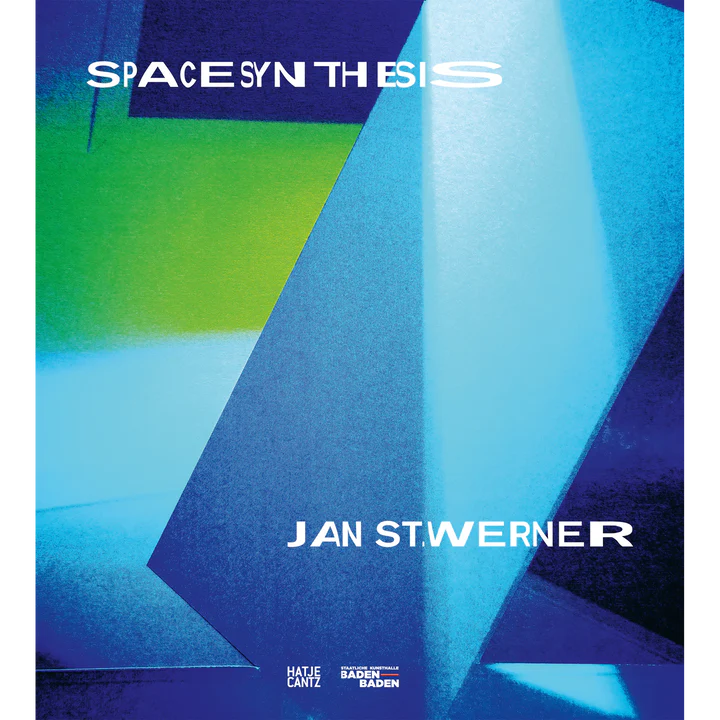Diagrammatic Listening: Staging a Co-Existential Mosh Pit
2023
In Space Synthesis, eds.: Çağla İlk, Jan St. Werner, (Berlin: Hatje Cantz Verlag), 2023. Link

The propagation of sonic oscillations not only describes the origins of the Universe,[1] but the material force of sound itself. Sound imprints in both impermanent and physically residual ways because it exists as movement, because it induces fluctuations, because it carries resonant potential. That sound is typically deemed ‘immaterial’ speaks to the stubborn conceptual separation between things and processes, objects and temporalities, entities and events; and similarly in music, beats and tones.[2] This categorical separation renders the impermanent temporality of a “sonic event” ineligible for a materialist understanding: sound is only a secondary effect of a primary emitting source.[3] In such a framework, the sound of something has been prioritized over sound as something.
[1] Bruce Bassett and Renée Hlozek, “Baryon Acoustic Oscillations,” in Dark Energy: Observational and Theoretical Approaches, ed. P. Ruiz-Lapuente, (Cambridge: Cambridge University Press, 2010), 246–277.
[2] Christoph Cox, Sonic Flux: Sound, Art and Metaphysics, (Chicago: Chicago University Press, 2018), 33.
[3] Ibid., 32.
Patricia Reed, "Diagrammatic Listening: Staging a Co-Existential Mosh Pit", in Space Synthesis, eds.: Çağla İlk, Jan St. Werner, (Berlin: Hatje Cantz Verlag), 2023. Link

